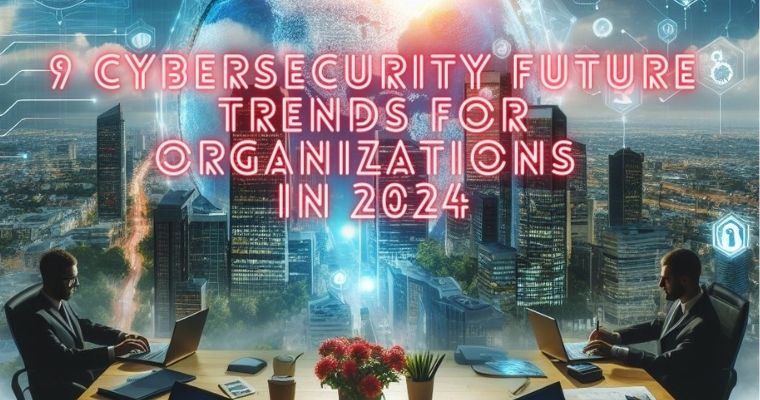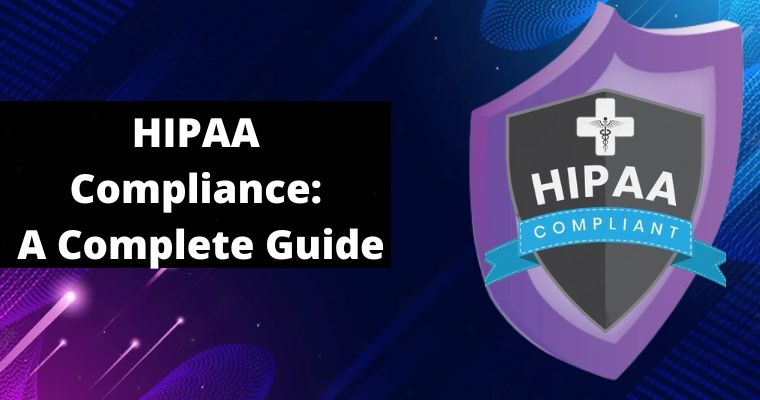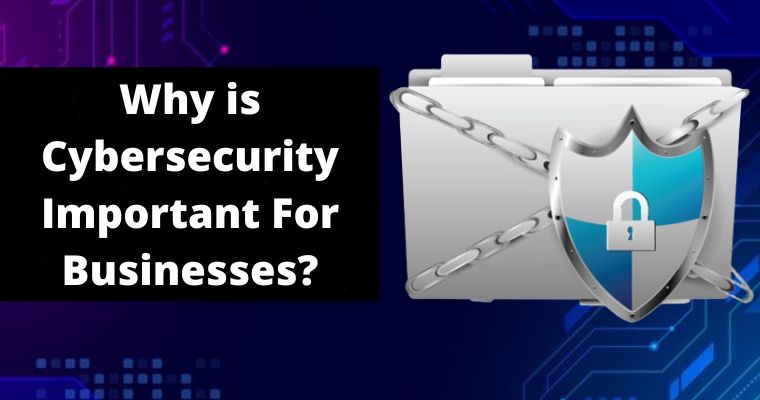The future of cybersecurity is an ever-evolving landscape, with new threats and challenges emerging all the time.
A team of researchers at cybersecurityforme.com has released a report analyzing the trends for the future of cybersecurity, highlighting the role of AI, ML, and the human element in combating evolving threats.
Their findings paint a compelling picture of an intricate landscape, where technological advancements, evolving threats, and shifting paradigms converge.
The insights from this report serve as a valuable roadmap, guiding organizations and individuals alike towards a more secure and resilient digital future.
Table of Contents
5 Trends for Future of Cybersecurity
Here are five of the most important trends that are shaping the future of cybersecurity:
1. The Rise of Artificial intelligence and Machine Learning
AI and ML are being used to develop new and more sophisticated security solutions, such as threat detection and prevention systems.
These technologies can help to automate many of the tasks involved in cybersecurity, freeing up human security professionals to focus on more complex tasks.
2. The Increasing Importance of Data Security
As more and more data is collected and stored electronically, data security is becoming increasingly important. Organizations need to be able to protect their data from unauthorized access, disclosure, modification, or destruction.
3. The Rise of Deepfakes
Deepfakes are videos or audio recordings that have been manipulated to make it appear as if someone is saying or doing something that they did not say or do. Deepfakes can be used to damage someone’s reputation or to spread misinformation.
4. The Growing Threat of Ransomware
Ransomware is a type of malware that encrypts an organization’s data and then demands a ransom payment in exchange for the decryption key.
Ransomware attacks have become increasingly common and costly, and organizations need to have a robust plan in place to prevent and respond to these attacks.
5. The convergence of IT and OT
IT and OT (operational technology) are converging, as more and more industrial control systems are being connected to the internet. This convergence is creating new security challenges, as OT systems are often not as well-protected as IT systems.
6. The need for a Zero-Trust Security Model
A zero-trust security model assumes that no user or device is automatically trusted, and all access to resources must be verified before it is granted. This approach can help to prevent attacks from both inside and outside the organization.
7. The Growing Attack Surface
The attack surface is the total number of potential entry points for cyberattacks. The attack surface is growing as more and more devices and applications are connected to the internet.
Organizations need to take steps to reduce their attack surface and make it more difficult for attackers to gain access to their systems
8. The Importance of Cybersecurity Awareness and Training
Employees are often the weakest link in an organization’s cybersecurity posture. Organizations need to make sure that their employees are aware of the latest cybersecurity threats and how to protect themselves from them.
9. The increasing Importance of Cybersecurity Governance
Cybersecurity governance is becoming increasingly important as organizations face more and more complex cybersecurity challenges.
Organizations need to have a strong cybersecurity governance program in place to ensure that their cybersecurity risks are managed effectively.
Conclusion
In addition to these trends, there are a number of other factors that are shaping the future of cybersecurity. These include the increasing use of cloud computing, the growing reliance on the Internet of Things (IoT), and the evolving regulatory landscape.
Organizations need to be aware of these trends and take steps to adapt their cybersecurity strategies accordingly. By doing so, they can help to protect themselves from the growing threat of cyberattacks.



